Unplanned equipment failures are one of the most significant hidden costs in manufacturing. Every unexpected stoppage not only brings direct financial losses but also disrupts order fulfillment and puts strain on the entire supply chain. Predictive maintenance is transforming this reality, using advanced data analysis to anticipate failures before they happen and keep production running smoothly.
What is Predictive Maintenance?
Predictive maintenance (PdM) is a strategy that uses real-time operational data to forecast equipment failures before they occur. Unlike traditional maintenance approaches-where repairs happen after breakdowns or at fixed intervals-PdM enables service actions exactly when they are needed. This approach helps optimize maintenance costs and maximize machine availability.

How Does Data Analysis Work?
Modern PdM systems rely on IoT sensors that monitor key machine parameters such as vibration, temperature, pressure, and energy consumption. These sensors continuously collect data, which is then analyzed by AI-powered platforms. By identifying anomalies and patterns that indicate potential failures, the system can alert maintenance teams before a minor issue turns into a costly breakdown. Trend analysis and deviation detection allow for highly accurate predictions about where and when failures are likely to occur.
The Most Common Causes of Failures
Most equipment failures can be traced to predictable issues: mechanical wear (bearings, belts, gearboxes), overheating of motors or electrical components, contamination in hydraulic or pneumatic systems, improper calibration, or excessive vibration. By monitoring these factors in real time, predictive maintenance systems can detect early warning signs and prevent unplanned stoppages.

What Data Should You Monitor?
To effectively predict failures, it’s crucial to track:
- Vibration levels-an early indicator of mechanical wear
- Temperature-spikes can signal emerging issues
- Cycle times-longer cycles may point to operational problems
- Pressure in hydraulic or pneumatic systems
- Energy consumption patterns
- Number of cycles and run time since the last service
Collecting and analyzing these data points provides a comprehensive view of machine health and allows maintenance to be scheduled before breakdowns occur.
The Role of Artificial Intelligence
AI is at the heart of modern predictive maintenance. It processes vast amounts of sensor data, learns normal operating patterns, and detects subtle deviations that could signal a future failure. By leveraging historical data, AI can provide recommendations on which machines require attention and what type of maintenance is needed. This shift from reactive to proactive maintenance helps organizations reduce costs, avoid surprises, and increase production stability.
Real-World Results
Predictive maintenance is delivering measurable benefits across industries:
- A plastics manufacturer reduced extruder failures by 35% using vibration sensors and AI analytics.
- A steel mill cut crane downtime by 40% in one year with predictive models.
- A logistics center increased equipment uptime by 20% by monitoring conveyors and lifts with IoT sensors.
These examples show how data-driven strategies can minimize unplanned downtime and boost operational efficiency.

How to Implement Predictive Maintenance
Getting started with PdM involves:
- Assessing which machines cause the most downtime and prioritizing them for monitoring
- Selecting the right sensors for your equipment and operational needs
- Installing IoT infrastructure and integrating data with a central analytics platform
- Defining critical indicators to track, such as vibration, temperature, and cycle time
- Training your maintenance team to interpret data and respond to alerts
- Continuously analyzing data and refining predictive models as new information is gathered
Each step is essential for building a robust and effective predictive maintenance program.

The Impact on Costs and Machine Availability
Predictive maintenance delivers significant business value: fewer emergency repairs, longer machine life, reduced production losses, and more predictable maintenance budgets. Improved planning and early intervention mean fewer surprises and greater production stability, which translates into better customer satisfaction and higher profitability.
DBR77’s Predictive Maintenance Module
DBR77 offers a predictive maintenance module within its IoT and Digital Twin platform. Data from machine-mounted sensors is analyzed in real time by AI models. The platform automatically detects risk trends, generates service alerts, and simulates the impact of delayed maintenance. With DBR77, maintenance teams receive actionable insights that help minimize the risk of unexpected downtime and keep production on track.
Ready to move from reactive repairs to predictive maintenance?
Discover how DBR77’s IoT and AI-powered solutions can help you eliminate unplanned downtime and transform your maintenance strategy. Visit our IoT DBR77 solutions page to learn more.
Finally, we invite you to listen to our podcast, where we discuss the latest trends and practices in data-driven manufacturing. Subscribe to us on your favorite streaming platform so you don’t miss future episodes where we share inspiration, expert interviews and practical tips for production leaders.
Subscribe to stay up to date
https://factoryonair.buzzsprout.com
Book a free session with a DBR77 expert and see how our platform works in action.
Let’s talk: Book a meeting
Until we hear from you!
